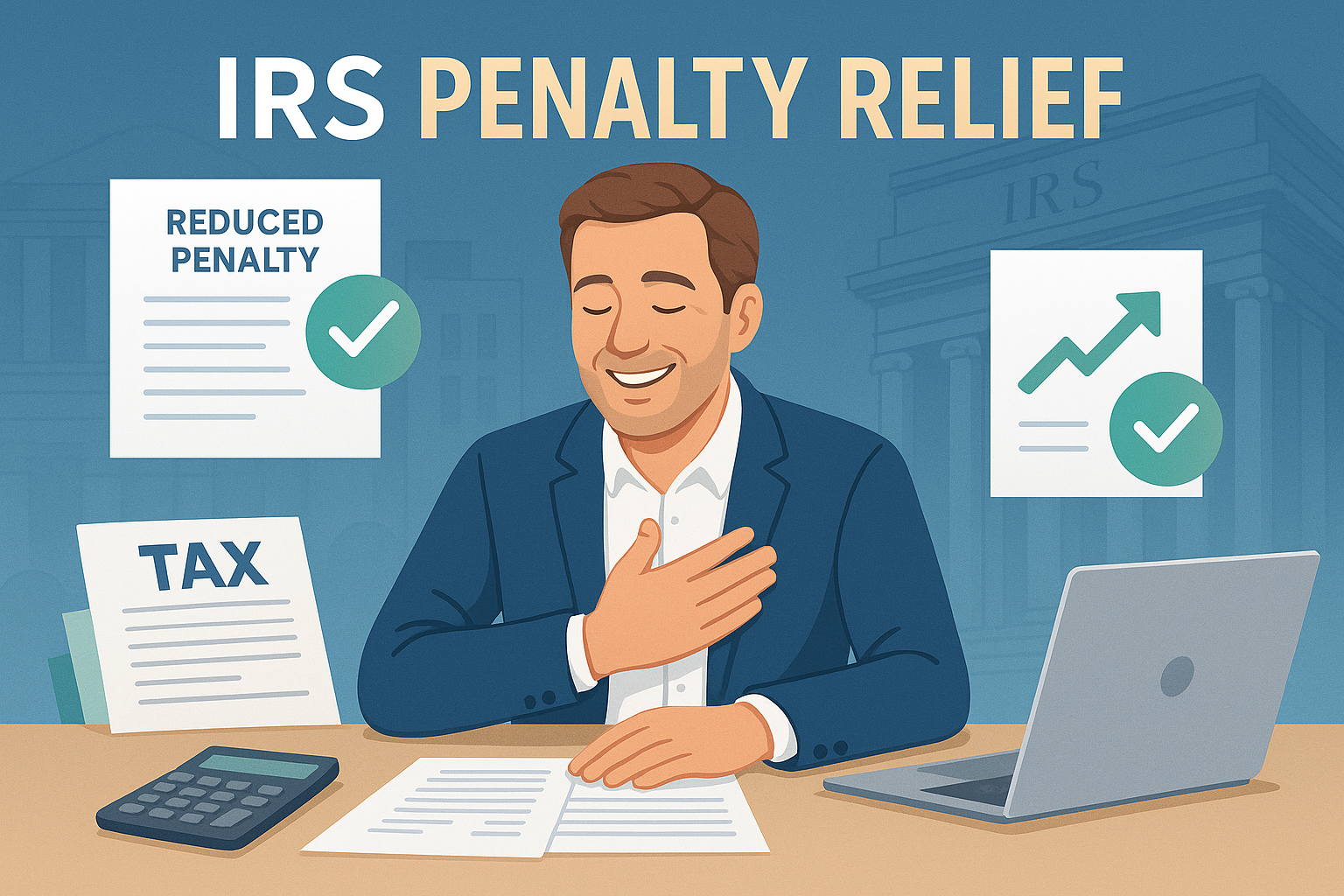
Penalty & Interest Relief
All
Learn how to navigate IRS penalty relief for interest and discover potential savings. Read on for essential tips and guidance on reducing your tax burden.
Read More


Lorem ipsum dolor sit amet, consectetur adipiscing elit, sed do eiusmod tempor incididunt ut labore et dolore magna aliqua. Ut enim ad minim veniam, quis nostrud exercitation ullamco laboris nisi ut aliquip ex ea commodo consequat. Duis aute irure dolor in reprehenderit in voluptate velit esse cillum dolore eu fugiat nulla pariatur.
Block quote
Ordered list
Unordered list
Bold text
Emphasis
Superscript
Subscript
Methods of Contact
Vital for collaboration, support, or information exchange.